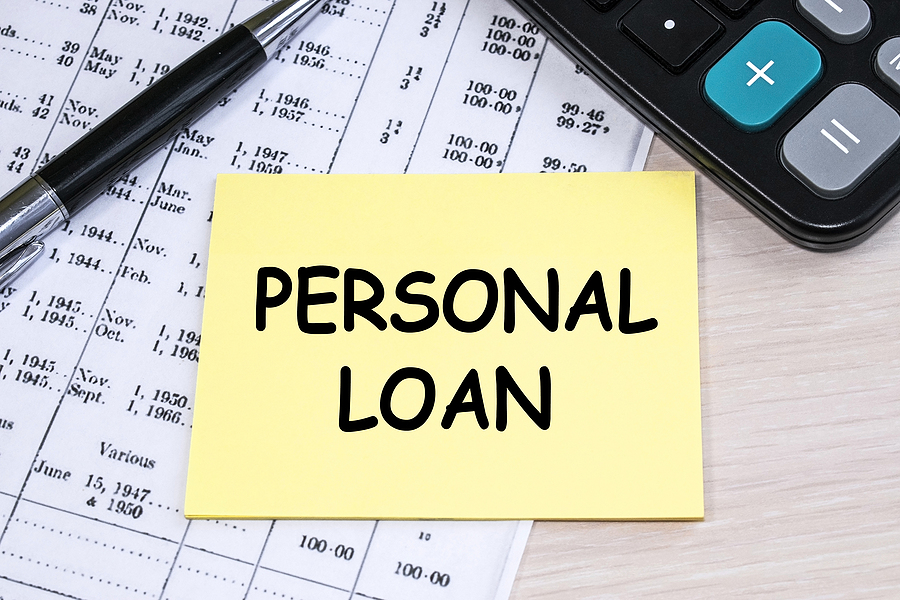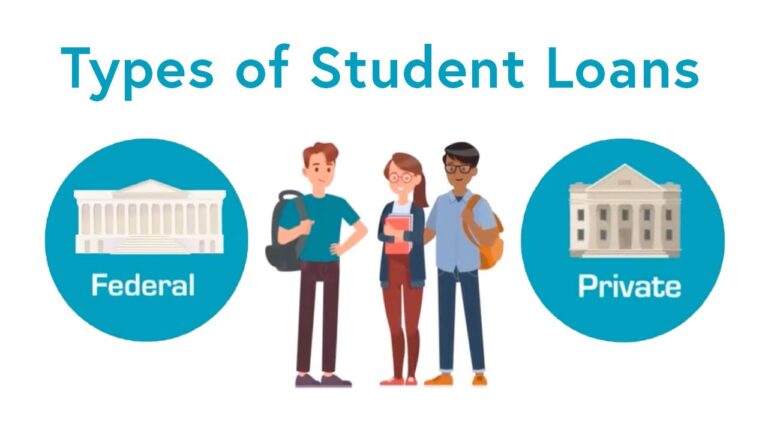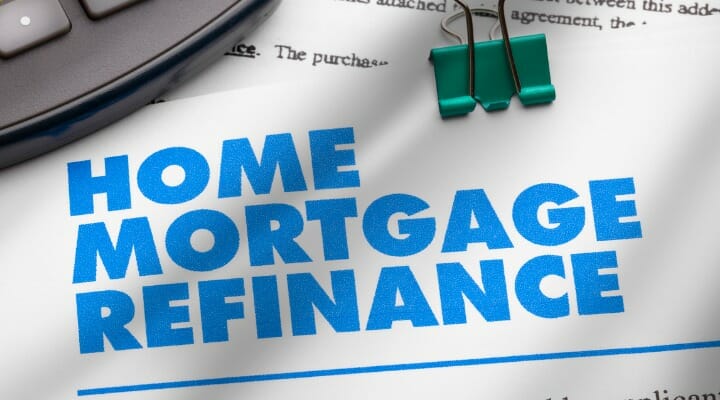What is a Personal Loan?
A personal loan may be the answer when you need money for a significant expense but don’t want to dip into your savings or take on more credit card debt. Personal loans are unsecured loans that you can use for nearly anything, making them a versatile option when you need cash fast.
Like any other financial product, personal loans involve trade-offs, such as fees and interest rates. Before applying for a loan, consumers should consider their options carefully because they can affect their credit score and overall financial health.
Key Takeaways
- A personal loan is a fixed-rate, unsecured loan with monthly payments and no collateral.
- When determining your eligibility, lenders consider your credit score, credit record, and debt-to-income ratio.
- Some major banks, credit unions, and internet lenders provide personal loans.
- You can use your personal loan as you see fit, but most people use them for debt consolidation or large expenses.
Defining Personal Loans
A personal loan is an unsecured loan that’s not backed by collateral and can be used for nearly any purpose. The amount you’re eligible to borrow, as well as the interest rate and terms of the loan, will be determined by your creditworthiness.
Personal loans come in various shapes and sizes, but they all have one thing in common: they get repaid in fixed monthly payments over a set period, generally two to seven years. The interest rate on a personal loan is usually fixed, meaning it won’t fluctuate with the prime rate as some other types of loans do.
That predictability is one reason personal loans are popular when people consolidate their debt. By consolidating higher-interest debt, such as credit card balances, into a single personal loan with a lower interest rate, you can save on interest and pay off your debt faster.
In some situations, you can use personal loans to support common family needs such as home repair projects, wedding expenses, vacations, and even the purchase of a property.
Traditional banks, credit unions, and internet lending platforms provide these loans. You dont need to visit a bank location to apply for a personal loan; you can do it all online.
How Personal Loans Work
As mentioned above, personal loans are unsecured, meaning they’re not backed by collateral like a home or car. Lenders assess your creditworthiness to determine whether you’re a good candidate for a loan and how much they’re willing to lend you. They also consider your debt-to-income ratio, or DTI, which is the percentage of your monthly pre-tax income that goes toward debts, including your mortgage, car loans, student loans, and other obligations.
A lower DTI ratio indicates that you have a good handle on your debts and leaves more room in your budget for loan payments. Lenders typically prefer to see a DTI of 40% or less, but some may be willing to work with borrowers with a higher DTI.
Once approved for a personal loan, the funds will get deposited into your bank account, and you’ll start making monthly payments. The loan term is the number of years you have to repay the loan, and the repayment schedule comes in equal monthly payments.
If you don’t qualify for an unsecured loan, you may still be able to get a secured loan, which uses your home equity or another asset as collateral. These loans generally have lower interest rates than unsecured loans but come with the risk of losing your home if you can’t make the payments.
Types of Personal Loans
There are several types of personal loans, each with its own set of features and benefits. These loans include;
- Unsecured – An unsecured personal loan is not backed by collateral and usually has a higher interest rate than a secured loan.
- Secured– A secured loan is backed by collateral, such as a savings account, certificate of deposit (CD), or equity in your home. The collateral secures the loan, which may help you qualify for a lower interest rate.
- Fixed-Rate – A fixed-rate personal loan charges a set interest rate that doesn’t change for the life of the loan.
- Variable Rate – A variable-rate personal loan has an interest rate that can fluctuate over time. The monthly payments on a variable-rate loan may go up or down, depending on the current prime rate.
- Co-signed – A co-signed personal loan requires two people to sign the loan agreement. A co-signer is someone who agrees to repay the loan if the borrower doesn’t.
How Personal Loans Affect Your Credit Score
Personal loans can help improve your credit score in several ways. First, making on-time payments each month shows creditors that you’re capable of managing your debts. This can help improve your credit score over time.
On the other hand, late payments can hurt your credit score. If you’re struggling to make your payments on time, you must contact your lender immediately to discuss your options.
Applying for the loan will also have an impact on your credit score. Most lenders will let you pre-qualify with a mild draw that will not affect your credit score. Formally applying after being preapproved results in a hard pull, which generally lowers your credit score by fewer than five points and remains on your credit record for two years.
How to Get The Best Personal Loan?
Examining a personal loan’s annual percentage rate is one of the excellent ways to evaluate the loans. The annual percentage rate (APR) is the entire borrowing cost, including interest and any fees. The lower the APR, the better.
You can also compare offers by looking at the total cost of borrowing, which is the APR plus any origination fees. Lenders are not required to advertise the cost of borrowing, but it’s easy to calculate. Just remember that a lower total cost of borrowing isn’t always the best deal if it comes with a more extended repayment period and higher monthly payments.
You should also compare loans based on the term length. A longer loan term will result in lower monthly payments, but you’ll pay more in interest over the life of the loan. A shorter loan term will have higher monthly payments, but you’ll pay less interest over time. Choose the term length that gives you the best balance between monthly payments and total interest.






